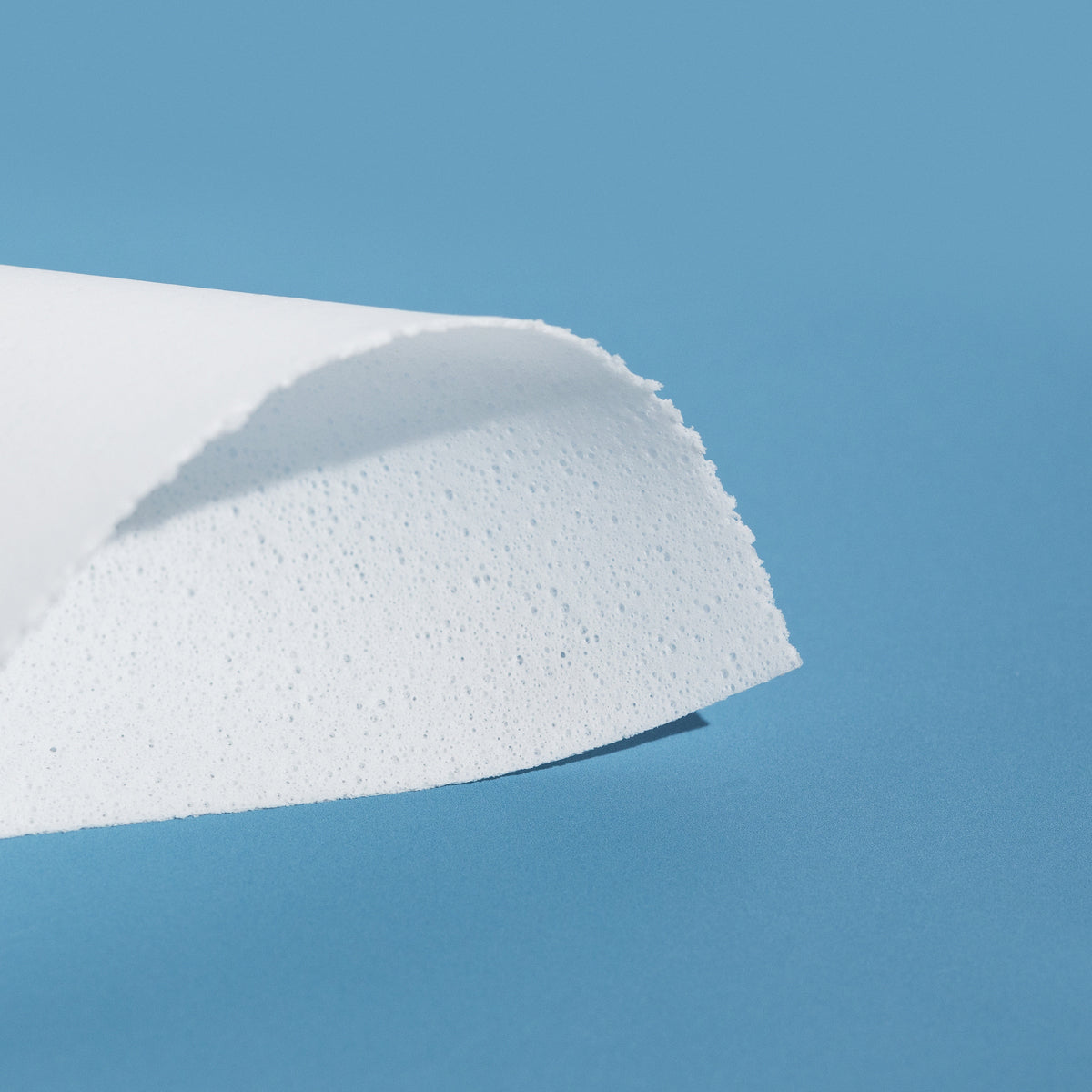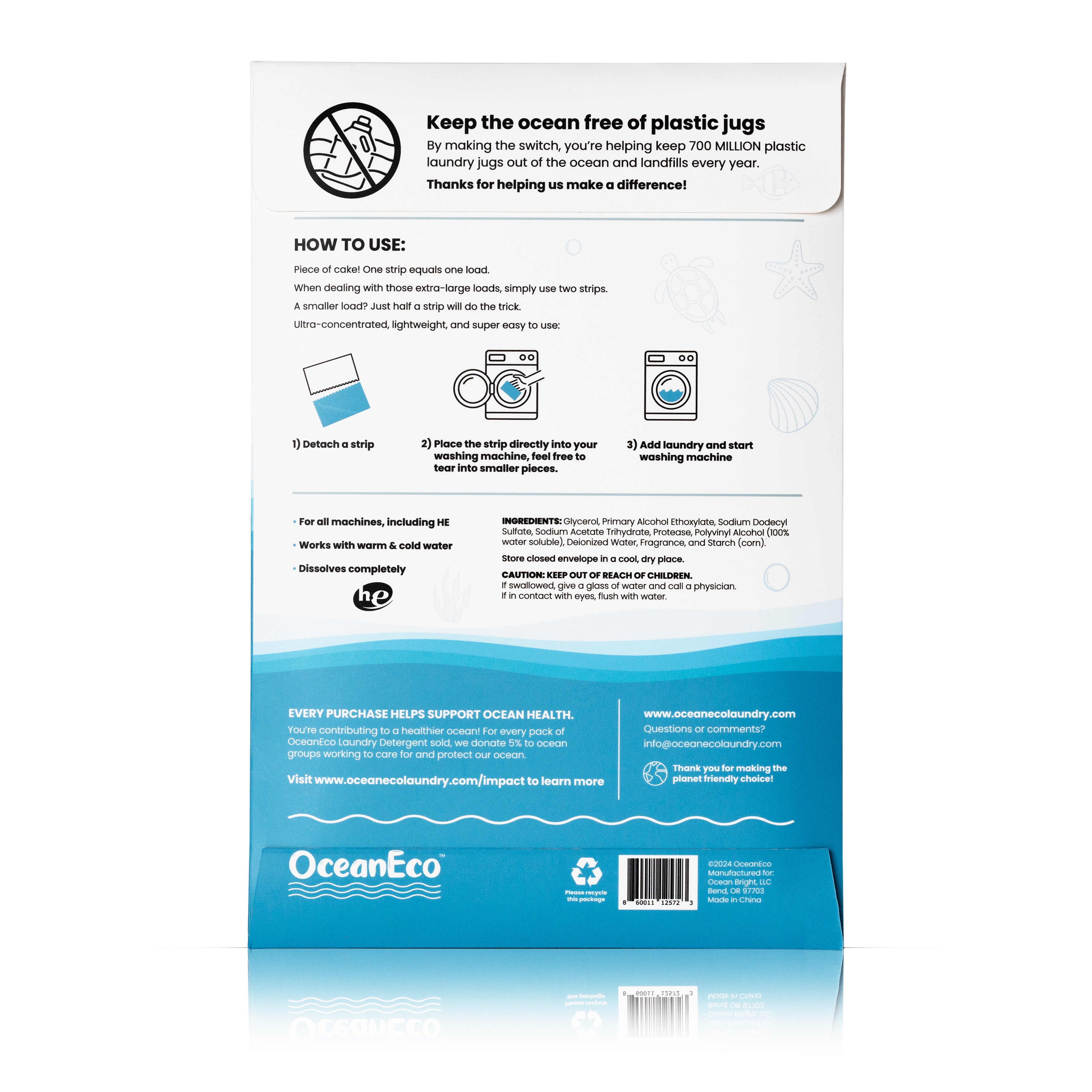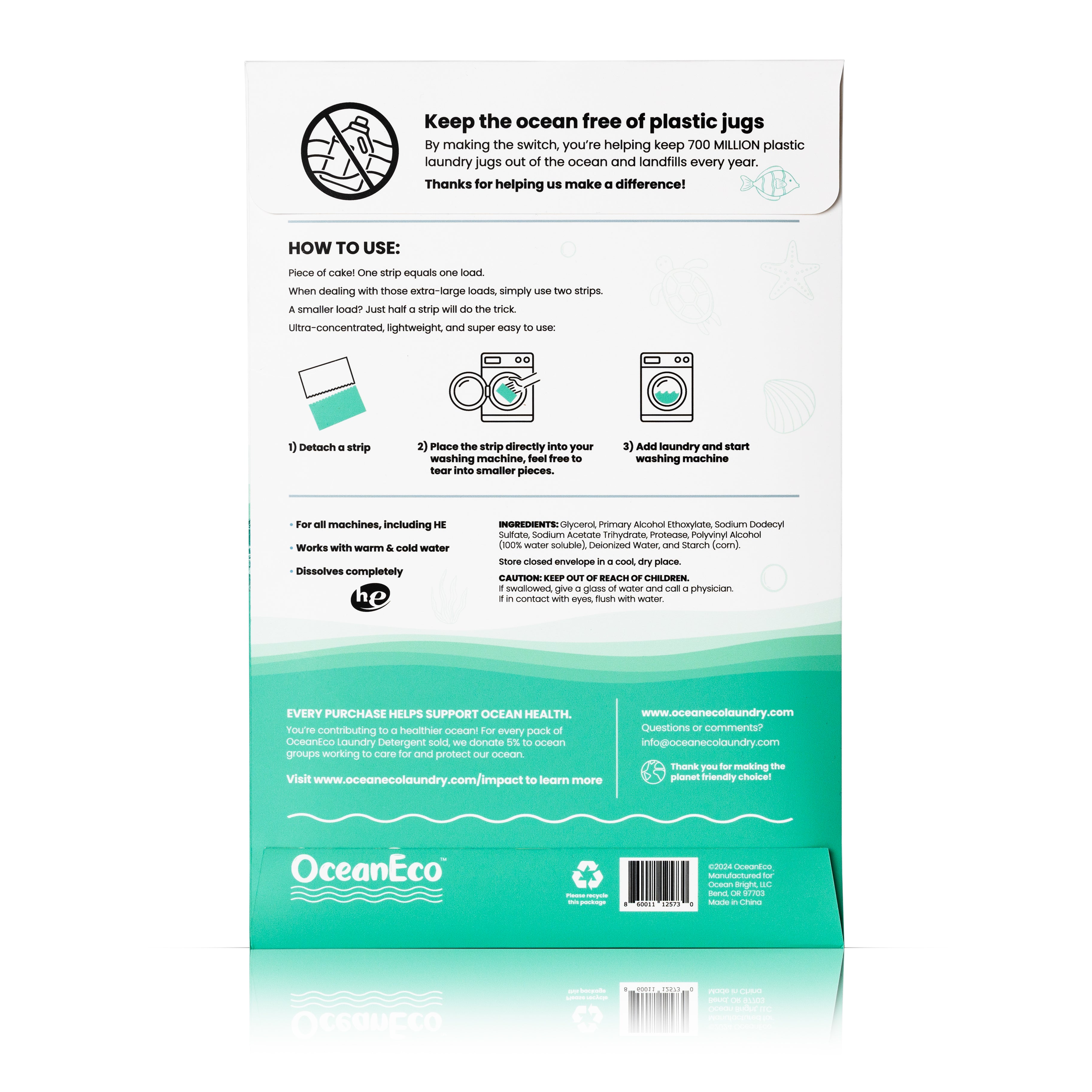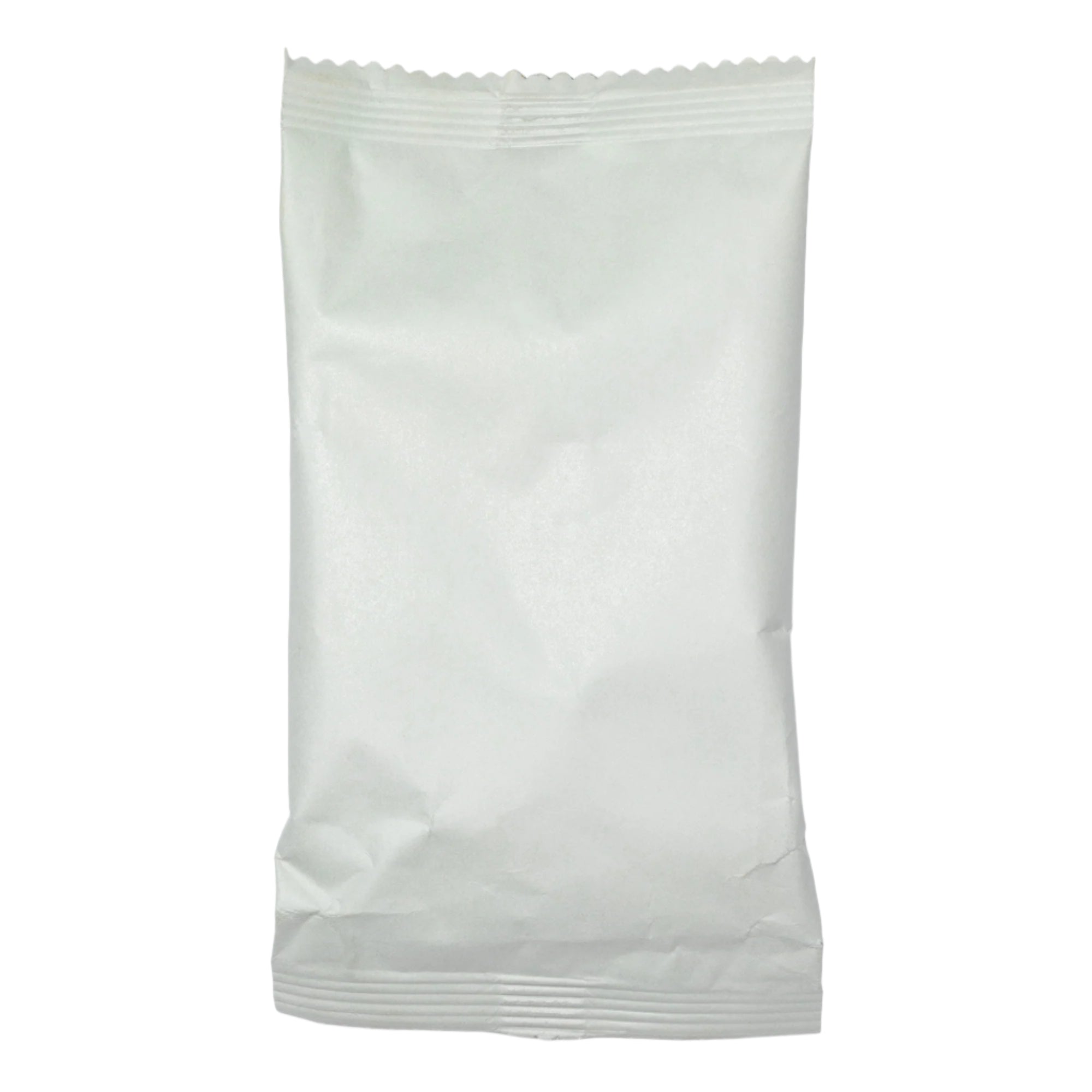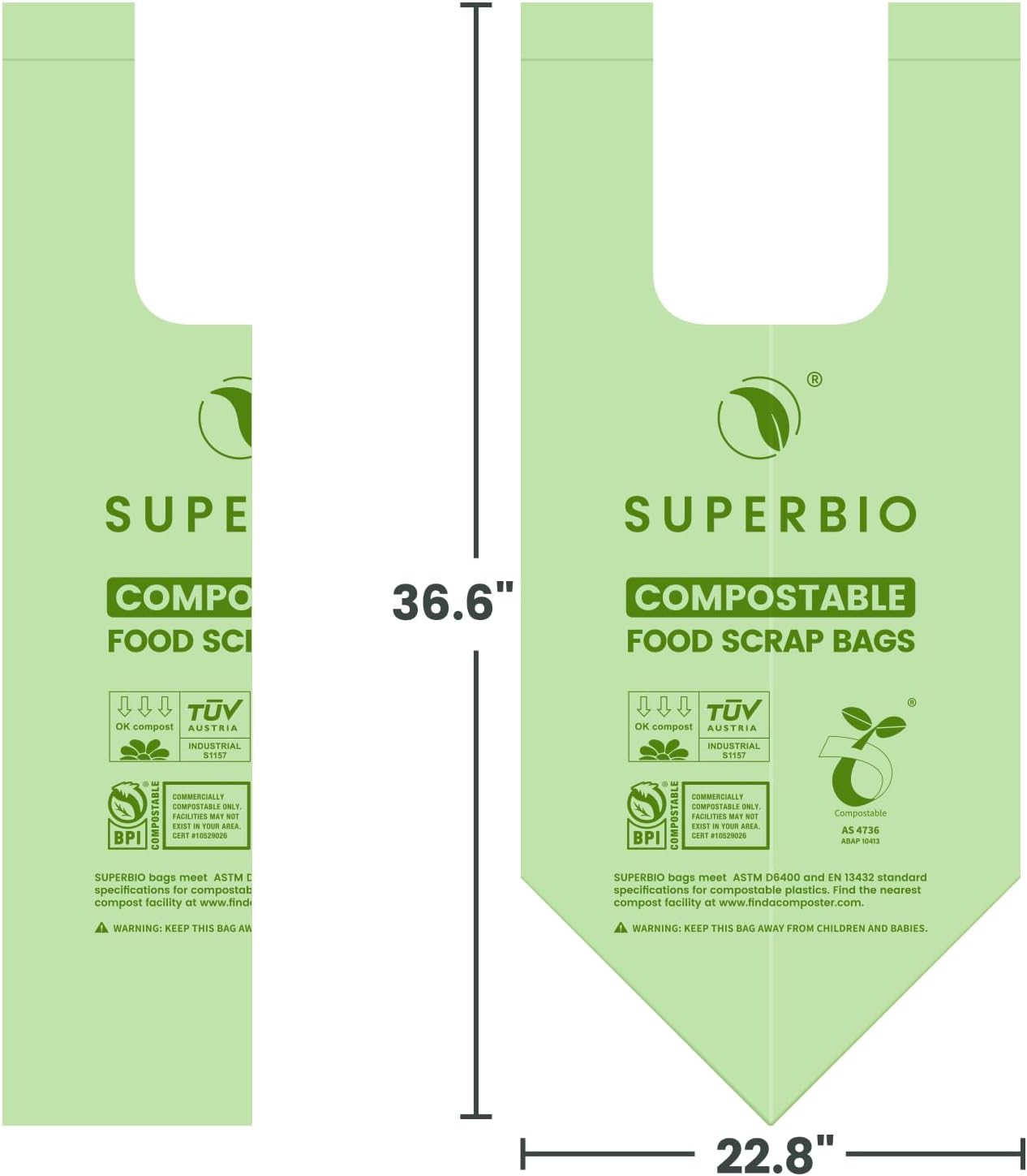Hidden 'Marine Snow' Could Hold the Key to Earth’s Survival
Far below the ocean’s surface, a continuous snowfall of organic particles—called "marine snow"—drifts downward. This marine snow, consisting mainly of decomposing plankton and organic debris, plays a crucial role in cooling Earth by capturing atmospheric carbon and storing it in the deep ocean.
As climate change accelerates, new discoveries reveal how marine snow contributes to Earth's carbon cycle, offering essential insights for climate predictions.

What Is Marine Snow?
Marine snow forms when microscopic plants and animals die and sink from the sunlit surface to the ocean’s darker depths. This sinking organic material traps carbon, taking it out of the atmosphere where it might otherwise contribute to warming. Through this process, often referred to as the “biological pump,” the ocean effectively slows climate change by sequestering carbon deep underwater, a function researchers from the University of Sydney describe as critical for climate stability over millions of years.

The Ocean’s Carbon Sink
Marine snow functions as an underwater carbon sink, with the particles eventually forming thick carbonate deposits on the seafloor. These deposits can lock away carbon for thousands of years, reducing atmospheric CO2 levels. Researchers have observed that over time, the accumulation of these carbon-rich layers has helped stabilize Earth’s climate. But as ocean acidity increases, there are concerns that marine snow’s role as a carbon sink may diminish in effectiveness.

Invisible Tails and Slower Sinking
Recent findings reveal that marine snow particles don’t sink as quickly as once thought. Microscopic trails of mucus, which coat these particles, act as a drag, slowing their descent. As they sink more slowly, bacteria and other organisms have more time to consume the particles, which reduces the amount of carbon reaching the ocean floor, Mirage News reports. This discovery by a research team in the Gulf of Maine indicates that existing climate models may need adjustment to account for these dynamics.
New Tools for Tracking Marine Snow
Innovative technologies are helping scientists study marine snow with greater precision. The Biogeochemical-Argo program, for instance, utilizes robotic ocean profilers with optical sensors to measure the amount and movement of marine snow particles. These observations have shown that around 70% of marine snow is fragmented or consumed by upper-layer organisms before reaching the deep ocean, reducing its carbon storage capacity. Research from the Plymouth Marine Laboratory suggests that this fragmentation may be as significant a factor as decomposition in limiting carbon sequestration.

Climate Change and the Future of Marine Snow
The balance marine snow maintains is at risk from increasing ocean acidification, which has risen by 30% since the 1800s. This increase in acidity reduces the stability of carbonate formations on the seafloor, limiting marine snow's potential to store carbon long-term. Researchers at the University of Sydney warn that if acidification continues, the oceans may absorb less CO2 in the future, potentially speeding up global warming.
Marine snow, while often invisible, plays a vital role in climate regulation. Understanding its processes in detail is essential as the oceans continue to face pressures from climate change.



































































































































































































